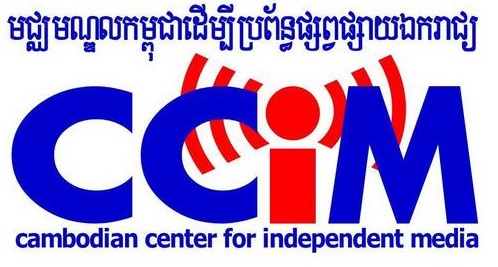Society
Cambodia as a Donor's Darling
The arrival of the United Nations had a significant impact on the society and on journalism, as Cambodia slowly overcame its history of isolation and became one of the countries receiving the most foreign funding. As a result, international and local NGOs are present in every province and major sector in Cambodia, providing support to basic social services. According to a case study on the support given to independent media in Cambodia, this also goes for media development.
Deeply-rooted fears in Journalism Culture
Despite some improvements in the media legal sector, deeply-rooted obstacles for free media and challenges for journalists practically still remain. For example, fear of criticizing the authorities and consequently self-censorship are deeply ingrained in the culture, extending to broadcasters and journalists. Journalism also follows its tradition of not openly holding authorities accountable to the public, which contributes to impunity. Since 1992, at least 13 journalists have been killed and 2014 was the deadliest year for Cambodian journalists since 1997. According to an analysis of the content of Cambodian media outlets, politically sensitive topics like corruption, law and justice, political conflicts, military, human rights, or land issues, and media journalism are absent from most of the newsrooms.
High Trust in Media and Low Media Literacy
Despite this context and a lack of reliable and independent sources, most Cambodians believe information in the media. This trust in media is continuously high. A study conducted by BBC Media Action in 2014, shows that the youth considers media a trusted source of information regarding civic engagement issues, and a common source for reported awareness of opportunities for participation (TV: 65%, Radio: 64%).
This trust in media is again connected to a problematic level of media literacy: While almost 80% of Cambodians are literate, access to information is still a challenge, with 80% of the population living in rural areas. And while more than 95% of Cambodian children have access to the school system, the lack of quality of education – including media education - remains a major challenge. As a result, there is no public outcry over media bias, poor quality reporting or the absence of newsworthy stories.
State of Media Education
Even if the Ministry of Education recently decided to incorporate media literacy within school curricula, the broader learning environment does not impart media literacy yet. Media education becomes ever more important, especially considering that positive impact that media literacy can have on the next generation: a BBC Media Action study from 2014 showed that awareness and engagement in civil society and politics is much higher among youth media consumers than media-dark youth, and they are more likely to have heard of the National Assembly (80% vs. 39%), commune councils (89% vs. 61%) and democracy (75% vs. 33%). This pattern appears again when considering reported knowledge: youth media consumers are almost twice as likely as media-dark youth to say that they know what each of these terms means.
More generally in the Cambodian society, the difference between news and public information is not clear. As such, distinguishing news from public relations message is still problematicm which, according to a study conducted on the support given to independent media in Cambodia, partly explains the lack of publich outrcy over media bias.
Sources
UNICEF (NO YEAR)
The Cambodian Center for Independent Media (2014). Justice for Journalists
